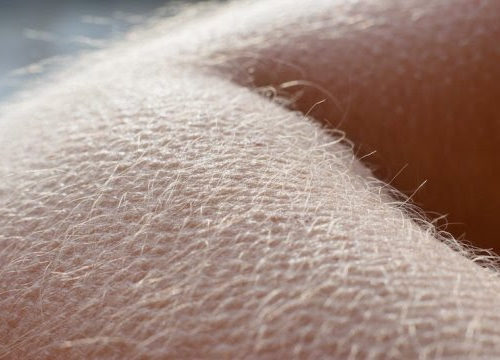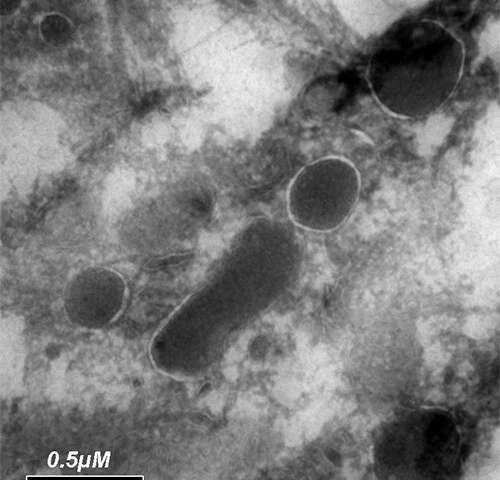Infrared saunas have become increasingly popular in Australia in recent years. But what exactly are they, and what are the scientific explanations behind their touted health benefits? Let’s take a close look at the science behind infrared saunas. How Infrared Saunas WorkUnlike traditional saunas which use heat to warm the air, infrared saunas use light...
Tag: <span>science</span>
Apple Cider Vinegar Benefits: What the Science Says
Written by Christina Palmer, MD | Reviewed by Patricia Pinto-Garcia, MD, MPH Key takeaways: Michelle Lee Photography/iStock via Getty Images Apple cider vinegar seems to be everywhere these days — from drinks and dressings to gummies. But what is it, why are people buying it, and should you be consuming it? Apple cider vinegar is...
The Science of Gratitude
By Sarah Moore Reviewed by Danielle Ellis, B.Sc. Grateful people have better physical and mental health, experience better relationships, and live longer, according to the mounting number of articles emerging online amid the gratitude self-help trend. But is it all true? Are we born with the propensity to look at life through a grateful lens? Image...
The hair-raising reason for goosebumps
Researchers have discovered that the cells that cause goosebumps are also important for regulating the stem cells that regenerate hair. In the skin, the muscle that contracts to create goosebumps is necessary to bridge the sympathetic nerve’s connection to hair follicle stem cells. The sympathetic nerve reacts to cold by contracting the muscle and causing...
Young women with polycystic ovary syndrome have raised risk of heart disease
EUROPEAN SOCIETY OF CARDIOLOGY Sophia Antipolis, 3 August 2020: Women in their 30s and 40s with a common condition affecting how the ovaries work are more likely to get heart disease. That’s the finding of a study published today in the European Journal of Preventive Cardiology, a journal of the European Society of Cardiology (ESC).1...
Cells inside cells: the bacteria that live in cancer cells
by Weizmann Institute of Science Cancer cells are comfy havens for bacteria. That conclusion arises from a rigorous study of over 1,000 tumor samples of different human cancers. The study, headed by researchers at the Weizmann Institute of Science, found bacteria living inside the cells of all the cancer types—from brain to bone to breast...
Do less and get stronger: Science proves you can lift less with better results
by University of Lincoln Weightlifters could do less and get stronger by changing the amount they lift each session, according to new research. Sports scientists from the University of Lincoln, UK, compared the average weights lifted by two groups over six weeks: one using a traditional training method of a “one rep max”—the maximum weight...
A simple guide to CRISPR, one of the biggest science stories of the decade
It could revolutionize everything from medicine to agriculture. Better read up now. One of the biggest and most important science stories of the past few years will probably also be one of the biggest science stories of the next few years. So this is as good a time as any to get acquainted with the powerful new...
An International Team of Experts Just Released A “Manifesto” on How to Fix Science
IN BRIEF Experts have published a “manifesto” on how to improve science research in four areas: methods, reporting and dissemination, reproducibility, and evaluation and incentives. With research showing that many published scientific papers fail to move science forward, this manifesto provides a much-needed blueprint for progress in science research. FLAWS IN THE SYSTEM Published today...





